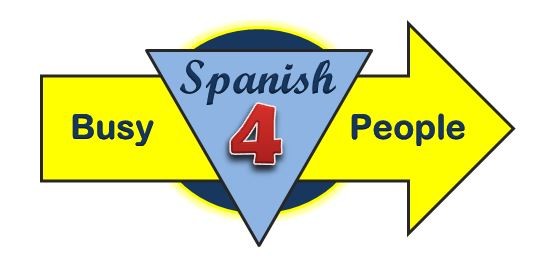Level: Basic
OK so you’ve seen some Spanish words that look almost like the ones in English. Did you know there are Spanish words that are the exact same as English? Yes, it’s true. The only difference is the pronunciation. In some cases a consonant might sound different like in “general”. In English the “g” sounds like a “j” as in the name Jason or like the “g” in the word ginger, but in Spanish it sounds like an “h” as in Henry or hill. In the word “color” the vowels sounds different. In English they are less distinct, almost a lazy sound. The first “o” sounds like an unstressed “u” like the “ou” in the word cousin and the second “o” sounds more like an unstressed “e” like the “ea” in the word pearl. Luckily for you Spanish pronunciation does not have as many variations. All the vowels maintain their same sounds in Spanish words. So in the word “color” both “o”s are open and are pronounced distinctly. They are the long vowel sound like in the English word “go”. That same “o” in “go” is how you pronounce the “Os” in the Spanish word “color”.
One more note to take heed when pronouncing Spanish words and a lesson well learned by Spanish speakers learning English. If you pronounce some words even slightly different that sound like completely different words to a native speaker. I remember one time talking to a cousin of my ex-wife while at a family outing in Venezuela. I was referring to the color of an object. I kept saying the word “color” in Spanish, but he continuously made a strange confused face. Finally through the context of my message he understood what I was trying to say. He soon corrected my pronunciation though. You see the word “color” in Spanish pronounced closely to its English counterpart sounds more like the word “heat” in Spanish, which is “calor”. It still wouldn’t be the exact same way to say it, but it would be the closest word a native speaker would understand.
OK enough of the talking. Here’s the list.
- chocolate /choa-ko-LA-tay/
- general /hen-ay-RAL/
- hotel /owe-TEL/ *the “h” in Spanish is silent, it is never pronounced.
- idea /ee-DAY-ah/
- popular /pope-OO-lar/
- color /koe-LOAR/
- final /fee-NAL/
- natural /na-toor-AL/
- regular /re-goo-LAR/
- hospital /oa-spee-TAL/
Related articles
- Spanish Pronunciation Guide for Native English Speakers (spanish.answers.com)
- 9 Spanish Alphabet Activities that Teach Vocabulary (spanishplayground.net)
